MENUMENU
BOOK TICKETS
DISCOUNTED ONLINE PRICE



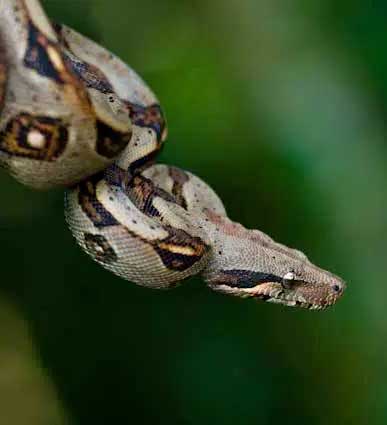

Image Source © 10degreesabove.com
The boa constrictor, also called red-tailed boa, is a species of large, heavy-bodied snake. It is a member of the family Boidae found in North, Central, and South America, as well as some islands in the Caribbean
A staple of private collections and public displays, its color pattern is highly variable yet distinctive. Ten subspecies are currently recognized, although some of these are controversial. This article focuses on the species Boa constrictor as a whole, but also specifically on the nominate subspecies B. c. constrictor. [credits: Wikipedia]
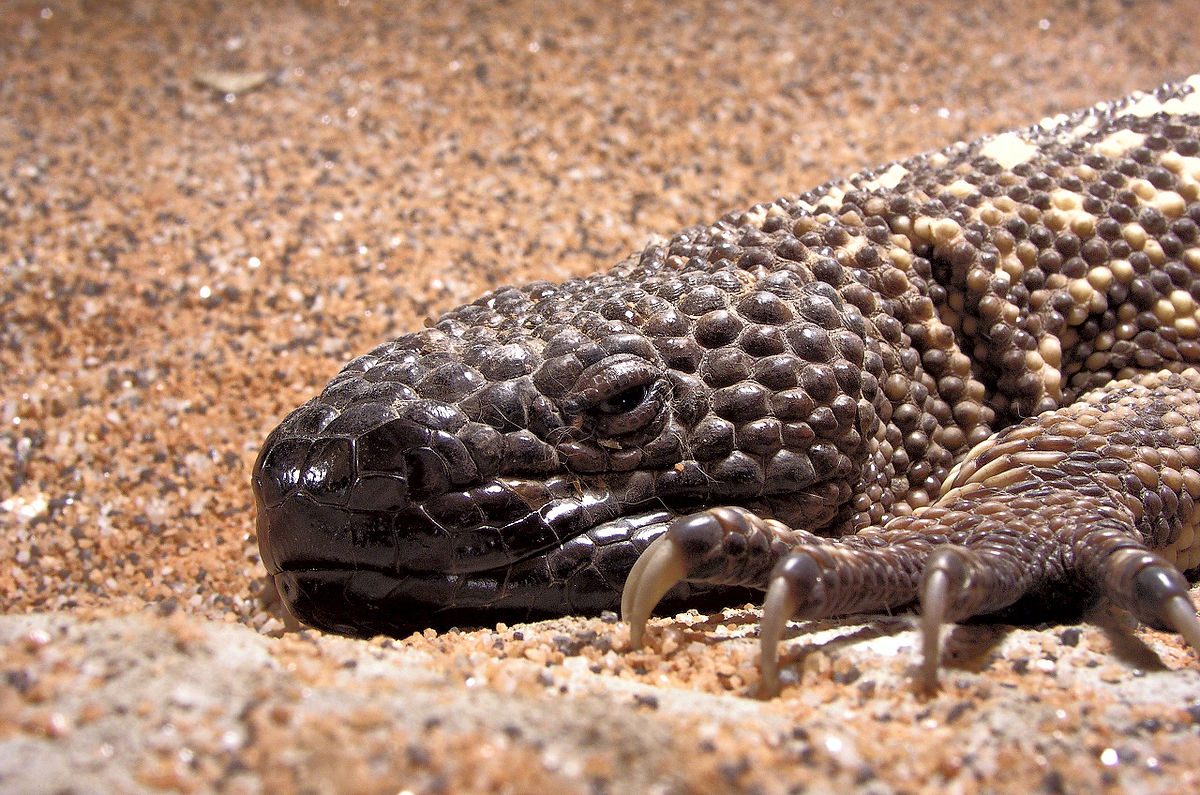

Wikipedia
The Mexican beaded lizard (Heloderma horridum) is a species of lizard in the family Helodermatidae, one of the two species of venomous beaded lizards found principally in Mexico and southern Guatemala. It and its congener (member of the same genus) the Gila monster (Heloderma suspectum) are the only lizards known to have evolved an overt venom delivery system. The Mexican beaded lizard is larger than the Gila monster, with duller coloration, black with yellowish bands. As it is a specialized predator that feeds primarily upon eggs, the primary use of its venom is still a source of debate among scientists. However, this venom has been found to contain several enzymes useful for manufacturing drugs in the treatment of diabetes, and research on the pharmacological use of its venom is ongoing.
Threatened throughout its range by overcollection and habitat loss, it is a CITES protected species. The Guatemalan beaded lizard (H. charlesbogerti ) is one of the rarest lizards in the world, with a wild population of fewer than 200. [Credit: Wikipedia]
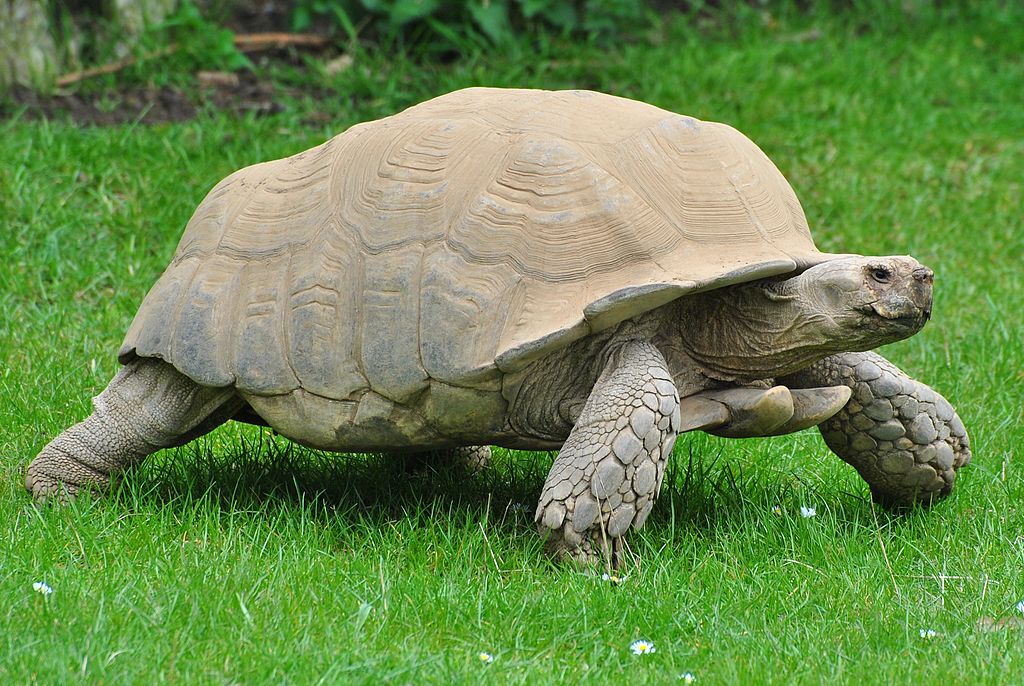

Wikipedia
The African spurred tortoise is native to the Sahara Desert and the Sahel, a transitional ecoregion of semiarid grasslands, savannas, and thorn shrublands found in the countries of Burkina Faso, Chad, Eritrea, Ethiopia, Mali, Mauritania, Nigeria, Senegal, and Sudan In these arid regions, the tortoise excavates burrows in the ground to get to areas with higher moisture levels, and spends the hottest part of the day in these burrows. This is known as aestivation. Burrows may average 30 inches in depth; some dig tunnel systems extending 10 feet or more underground. There is a variant of this tortoise in Sudan, they differ by having a bigger overall body and shell. [Credit: Wikipedia]
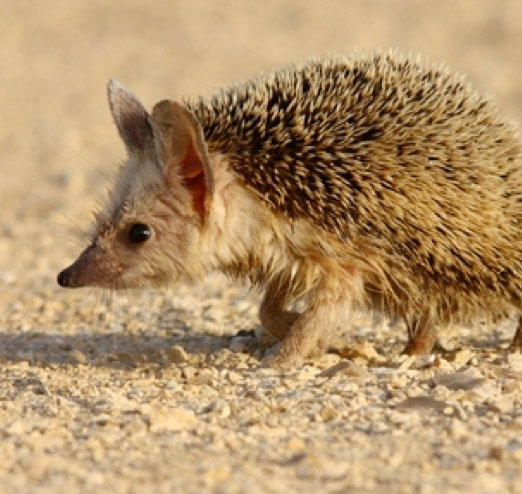

Image source © Wikipedia
The desert hedgehog is one of the smallest of hedgehogs. It is 5.5 to 11 inches (140 to 280 mm) long and weighs about 10 to 18 ounces (280 to 510 g). The spines (or quills to give their correct name) on its back can be banded with coloring similar to the four-toed hedgehog. It is usually identified by its dark muzzle. If desert hedgehogs are threatened, their muscles go tight and pull the outer layer of skin around the body, making their quills stick out in all directions. The quills tend to be longer than other hedgehogs for better protection against predation. As such it is extremely difficult to catch one.. [credits: Wikipedia]
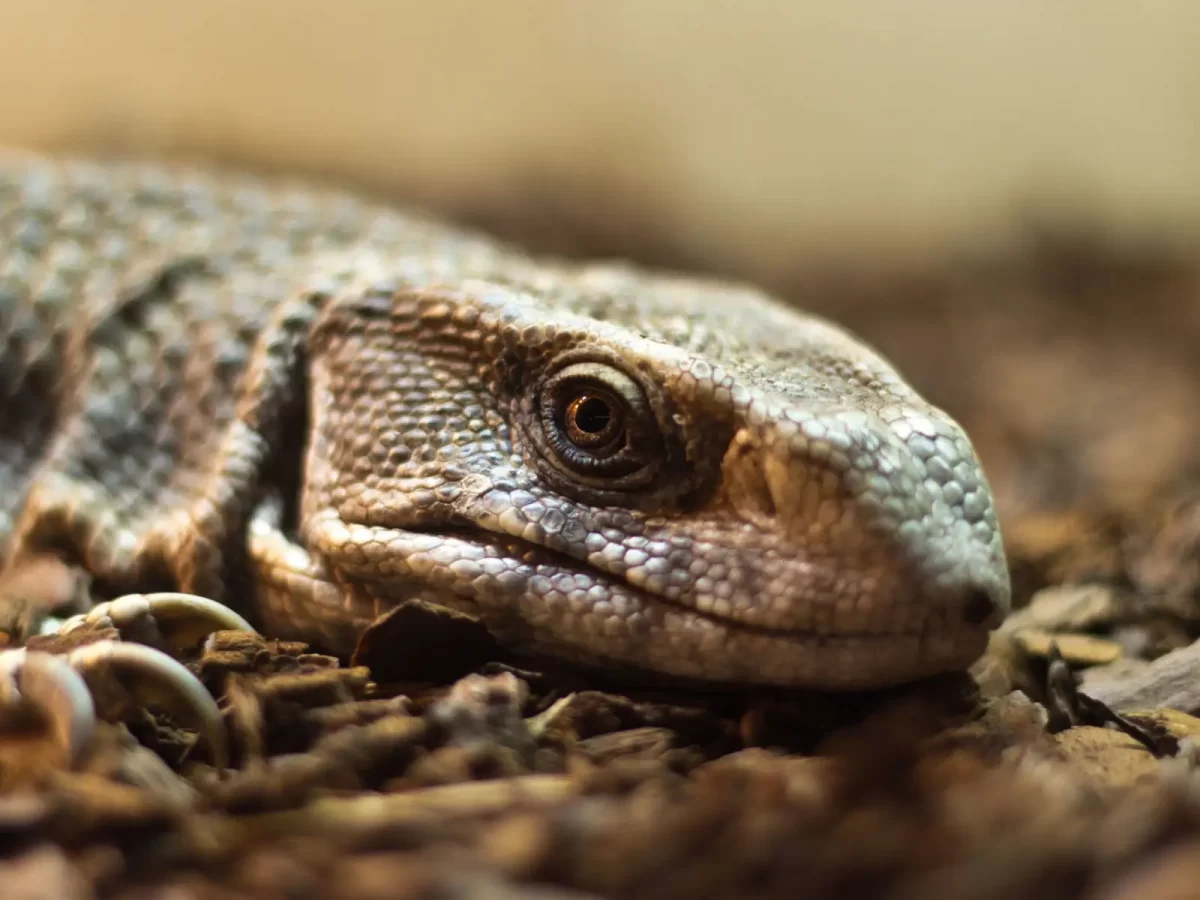

Animalia
The Savannah monitor is a medium-sized species of monitor lizard native to Africa. They are robust creatures, with powerful limbs for digging, powerful jaws and blunt, peglike teeth. The skin coloration pattern varies according to the local habitat substrate. They are usually dark grey with lighter tan or yellowish patterns. The body scales are large, usually less than 100 scales around midbody, a partly laterally compressed tail with a double dorsal ridge and nostrils equidistant from the eyes and the tip of the snout. [SOURCE: ANIMALIA]
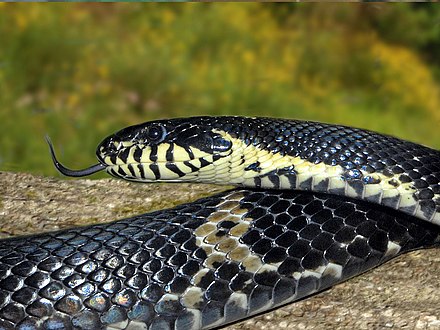

Wikipedia
The species is endemic to Northeast Asia (China, Korea, Russia, Mongolia). It occurs in Russia and China, to the east to Chabarowsk in the Amur region, west to the Chingan mountains, and north to Manchuria (Northeastern China). The common name, Russian rat snake, is misleading as only a small portion of the geographic range of E. schrenckii is in Russia. It has been reported from Chinese provinces of Jilin, Heilongjian, and the Quingyuan area of Liaoning. (Ji Daming e.a., 1985).
In the Netherlands the species occurs as an exotic around Groningen airport near Eelde, where it was first seen in the mid nineteen nineties. Reportedly, pet snakes were released into the wild by someone who did not expect that they would survive the winter, but the snakes were hardier than expected, bred and the species is now gradually increase its range. [Credit: Wikipedia]